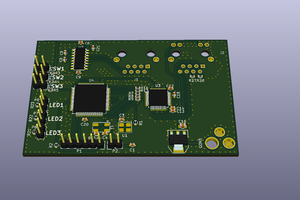CTM encompasses a hardware and a software element.
The hardware element is comprised of the component listing in the project page. The board accepts commands over USB and directly signals whatever soundchip you load the board up with. The boards are technically called Retro Soundinators - we kinda just made up a name when we designed the board and rolled with it.
There is firmware for the 32u4 that handles communication as well as the identification of the board on the USB host. For this to work, we match the descriptor in the driver code with the descriptor that the software is expecting. The software is then able to detect each board that is plugged in on startup as well as hotplugging new boards.
The tiny85 simply handles clock division. Sometimes in a computer or console, clock division will happen elsewhere, or sometimes it's easier to just divide a clock for a crystal you already have a bunch of. Either way, setting this divisor is doable in the tiny code, and it is recommended to use an even number. Odd numbers seem to work, but not necessarily with predictable results.
The software element is a step-sequencer known to many in the chiptune scene as a "tracker", written in Python+Pygame (SDL). This is the part that is literally called CTM, and it is designed to communicate specifically with the hardware boards via libusb.
The tracker currently supports opening of MOD and MON files, as well as its own format. It also supports a limited subset of the XM format, and an even more limited subset of the AHX format. More formats are planned. Save is not currently implemented (d'oh!) because the basic features of the tracker need fine-tuning.
I'm not sure if I'm leaving anything out; send me a note if this is not descriptive enough!
 Inverse Phase
Inverse Phase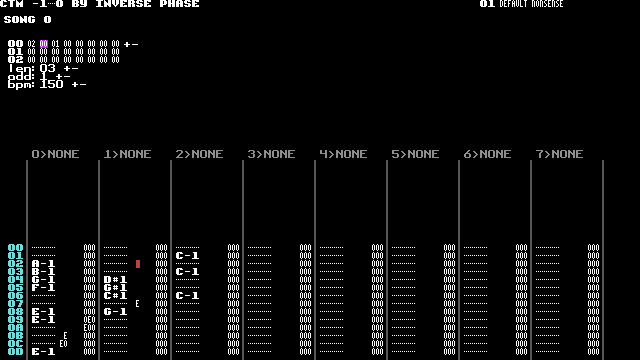
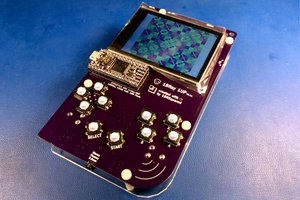
 Piotr Esden-Tempski
Piotr Esden-Tempski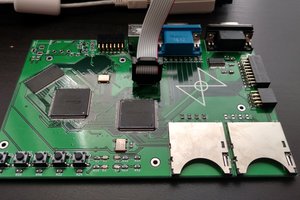
 john lemme
john lemme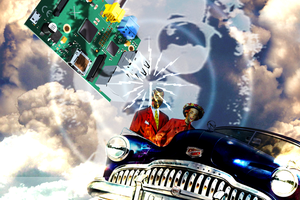
 ziggurat29
ziggurat29